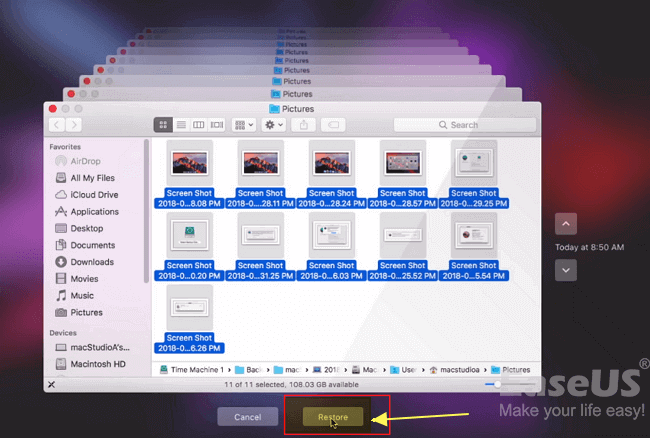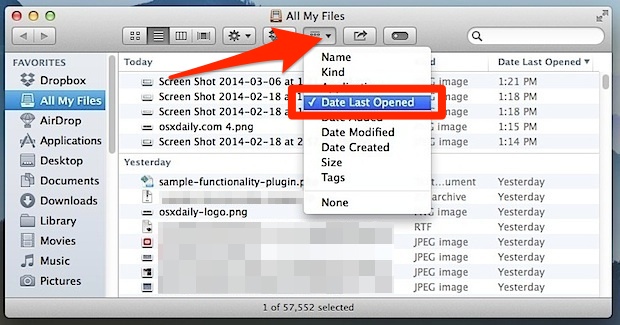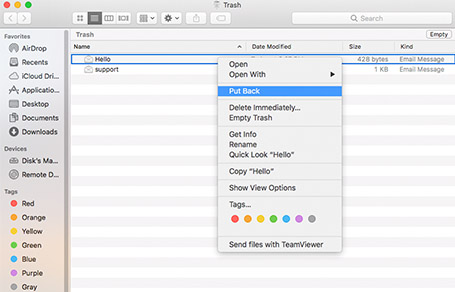

Launch Keychain Access (/Applications/Keychain Access.app/).In my opinion, you might delete your kerberos tickets via Keychain Access and try to open files from SharePoint: Talk to experts about Microsoft Office 2019. Visit the dedicated forum to share, explore and If you have feedback for TechNet Subscriber Support, to learn more. Mark the replies as answers if they helped.
#MY DOCUMENTS ON MAC FREE#
If you have any updates, please feel free to let me know. You should also check the SharePoint version and update.

#MY DOCUMENTS ON MAC FOR MAC#
Update Office for Mac automatically to have a check. And the latest version of Office 2016 for Mac so far is Version 16.16.14 (19090900), and if not this version, you could Please check version of Office 2016 for Mac (refer to the articleĪbout Office: What version of Office am I using?). What does the “start page” mean, would you please take a screenshot to me? It could help me further analyze this issue, thanks. Have you ever downloaded the files to local computer from SharePoint site and checked if Office 2016 for Mac is able to open them OK? Have you login with your account in Office for Mac? Such as visit the SharePoint site via browsers and choose the files open by local Office applications, or open the local Office applications first and browser the location or URL of files Please let me know how you open the files in SharePoint site. If you delete them, they might get recreated automagically, so don't be surprised.I need more information to analyze for this issue.

You can leave the now empty “Desktop” and “Documents” folders in "iCloud Drive". You can now move the contents of "iCloud Drive"/Desktop and "iCloud Drive"/Documents back to your ~/Desktop and your ~/Documents folders. The folder "iCloud Drive" is where your files are. Alternatively you can use the Finder menu item "Go" -> "iCloud Drive" to open this folder. If you cannot find the "iCloud Drive" folder (it is likely listed in a Finder window's "sidebar" which can be displayed using the Finder menu item "View" -> "Show Sidebar" if the sidebar is hidden), you can have access to it by going to the Finder menu item "Finder" -> "Preferences" -> "Sidebar" and makeing sure the "iCloud Drive" item is checked. Next, open up the iCloud Drive folder on your Mac and you’ll see two folders called “Desktop” and “Documents”. Files on your desktop and in your Documents folder will seem to be removed but they are still within the "iCloud Drive" folder on your computer, which will automatically open after you click “Turn Off”, so these files aren’t actually disappearing and getting deleted, but are simply in iCloud Drive exclusively. You’ll get a pop-up warning you that these files will only be stored in iCloud Drive if you disable Desktop and Documents syncing. Go to Apple Menu > System Preferences > iCloud > iCloud Drive > "Options" and UNcheck the "Desktop & Documents Folders" checkbox. If you uncheck this box, you can recover a lot of space from your iCloud storage, but it will take a few more steps for it to be "back to normal": In iCloud preferences you should click the "Options" button beside the item "iCloud Drive" and if the "Desktop & Documents Folders" item is selected, then that is probably what is causing you to be using so much space on Apple's computers.

To get things "back to normal" you will just have to move the files from the "iCloud Drive" folder back to the ~/Desktop and ~/Documents folders.įirst go to Apple menu -> "System Preferences" -> iCloud They will be in your "iCloud Drive" folder, which is a folder on your computer that is synced to iCloud, but is still available on your computer. If you turn off this syncing, the files will not be gone or deleted, but they will not be on your ~/Desktop or in your ~/Documents folders. The wording of the warning is misleading.


 0 kommentar(er)
0 kommentar(er)
